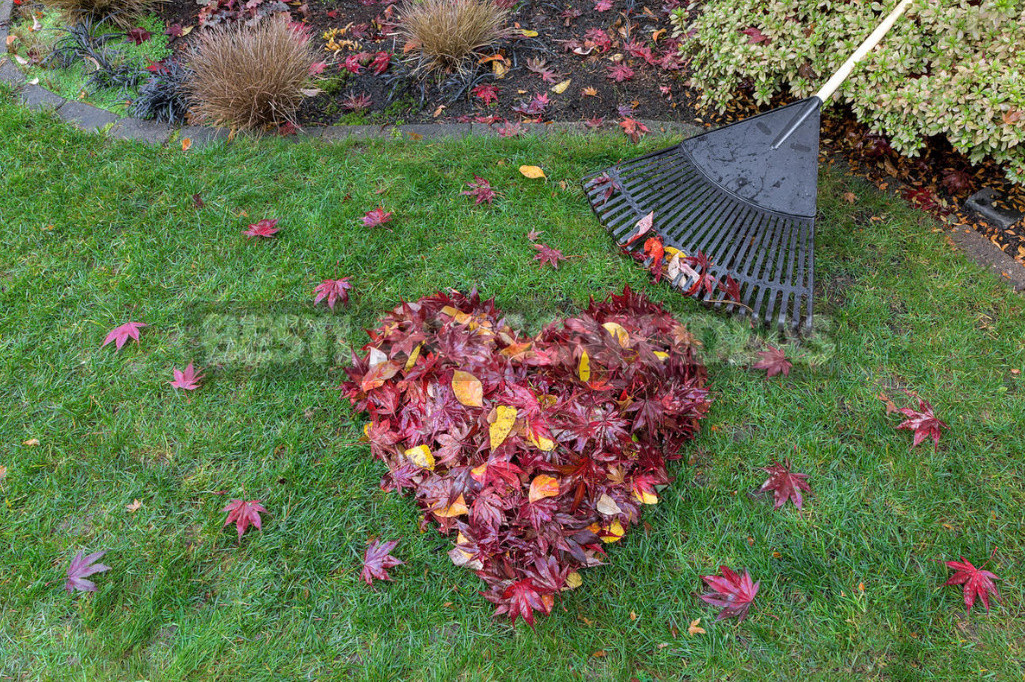
In our everyday life we are surrounded by various things, we use them habitually and do not even think about where they came from, who invented them. Like a rake. Any summer resident in the barn has this tool. And perhaps not even one, but several varieties. When in use, a rake?
From time immemorial
Unfortunately, the inventor of the rake, like the wheels, is unknown to us. In ancient times, not too much care about copyright and patents. Rake appeared when ancient hunters and gatherers became farmers, that is almost 10 000 years ago.
Probably the prototype was a pointed stick, which the ancient gardener loosened the ground in his field. And then people realized that if you combine the total handle a few pointed sticks, the work will go faster. So there was a rake. Their design has reached our days almost unchanged.
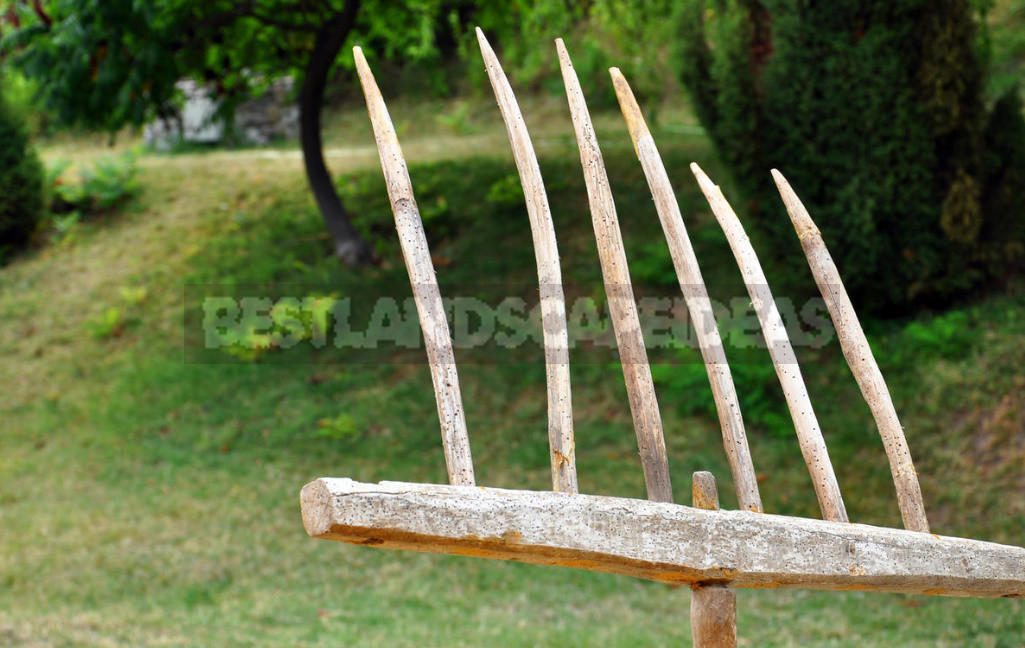
Garden rakes are needed in the economy for many works: to break the clods of land, to prepare for planting beds, rake and stir the mowed grass, remove the leaves.
Each case has its own rake
Rake — a tool that is a bar with iron or wooden teeth, perpendicular to the attached handle. The ridge of the rake can be straight and curved.
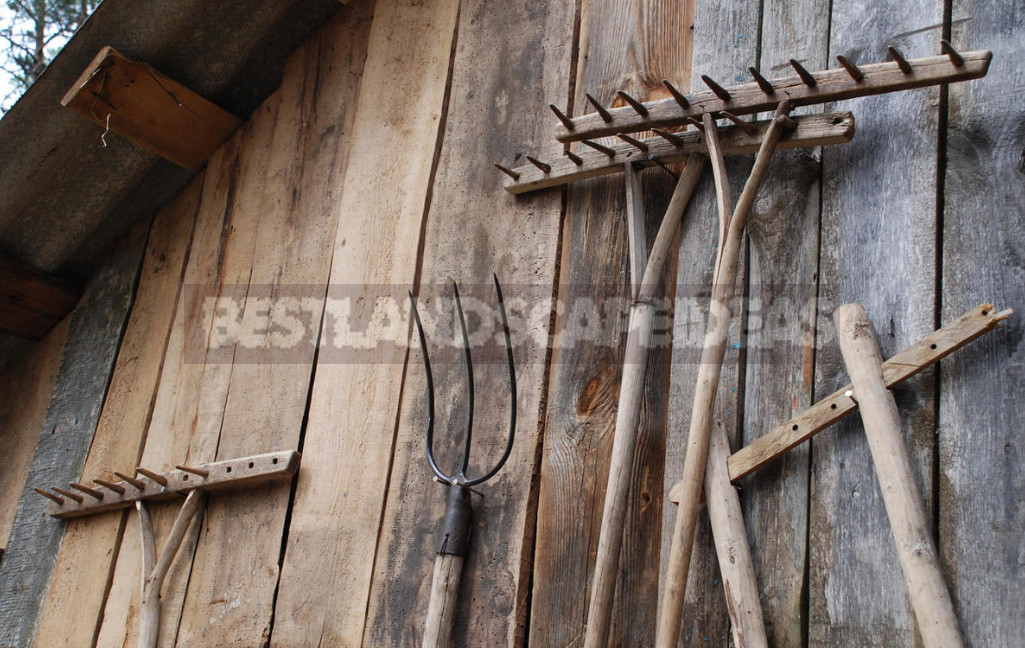
Methods of fastening are different. There are Erfurt garden rake — they have a handle at the attachment point to the ridge has the shape of a fork, American — metal, with arcs that make the attachment point more durable, English — these cuttings are fixed through the sleeve. For the manufacture of rakes today there is a state standard, although, of course, manufacturers have long developed their own models of different designs and purposes.

Depending on the type of work varies rake design:
- hay rake
This tool is used for raking mown grass into rolls and subsequent tedding. The design is light, used to be made of wood, today you can buy plastic products. As a rule, the rake for hay harvesting has straight, not too often located teeth with blunt ends.
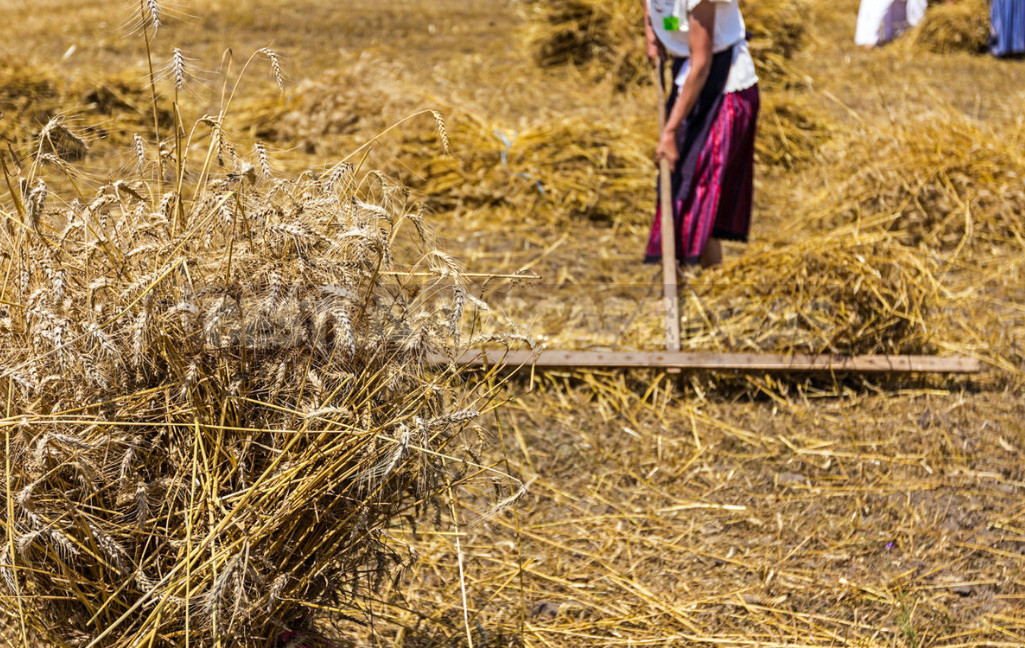
Hay rake should be light weight, because it can be quite long and wide, adapted for processing 1 time a large area.
- rake for loosening
Metal, with straight or twisted teeth. Unlike hay loosening rake make heavier — to make it easier to break the clods.
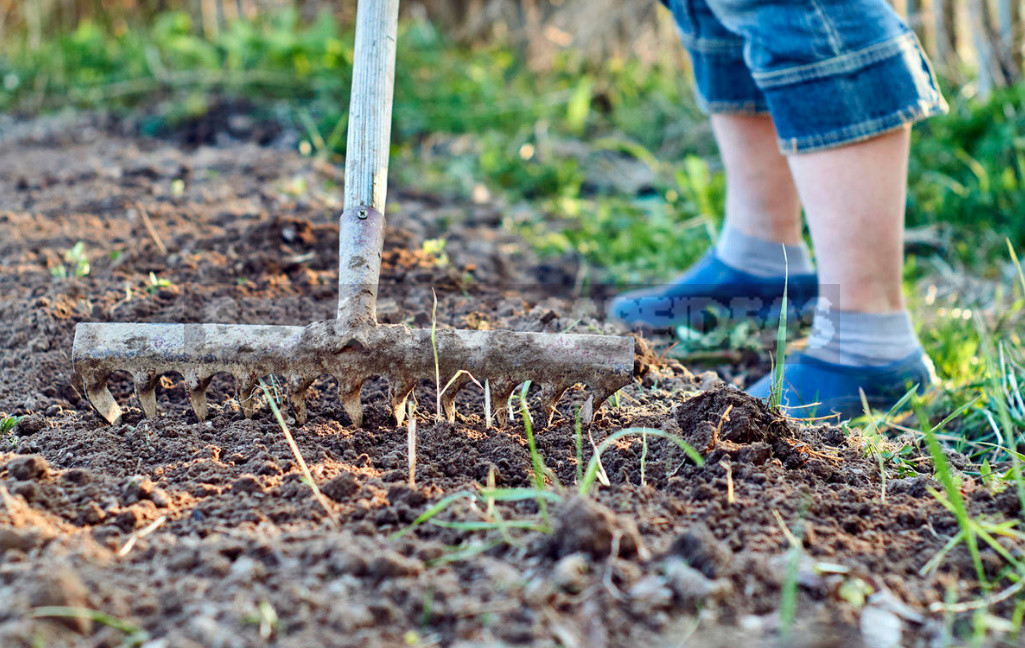
- highly specialized rake
These are tools used, for example, to care for the lawn (aerator, combing the turf to improve the supply of oxygen to the roots of the grass), the Japanese rock garden, etc.

- fan rake
The fan rake resembles a broom with metal or plastic teeth. They are densely located and have a long length. This tool is used to rake leaves and scraps of grass, for example, after the lawn mower.

Today, the fan rake is very popular in the country. Fashion for lawns makes them absolutely indispensable device. It is important that this tool was reliable and comfortable to work.
Pay attention to the fan rake Palisad Luxe. They have a durable aluminum telescopic handle. With a sliding sleeve on the handle, which is fixed by an eccentric clamp in any position, the width of the grip can be easily changed from 190 to 550 mm. This allows you to get to the difficult areas under the bushes and between the buildings.

The teeth of these rakes are made of spring steel grade 65G and have increased rigidity, so that the tool can be used for aeration of the soil.
- mini rake
Mini-rake — devices on a short handle with a small number of teeth. Used to care for planting in flower beds, when working with container and houseplants.

Option for large landowners
If your possessions are extensive, you can not do with a hand tool. There are variants of the rake, designed for greater traction. Before they were horse-drawn, tractor now.
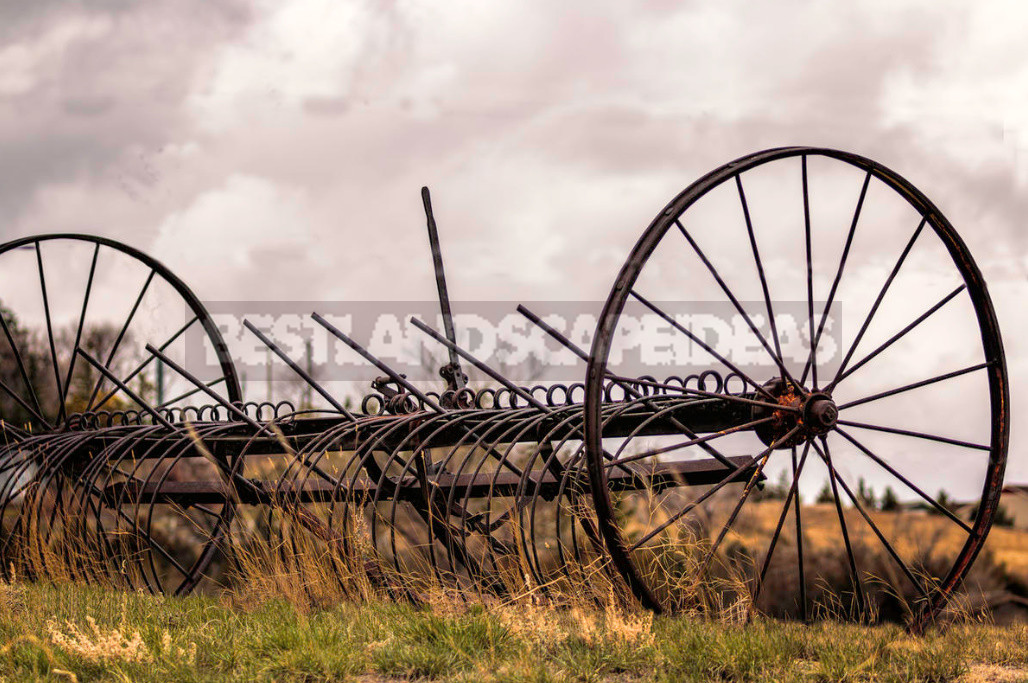
Mechanized rakes also come in different types: for raking hay and for loosening the ground. Such a loose type of agricultural machinery is no longer called a rake, but a harrow.
Interesting about the rake
And finally, a little bit of information that is not directly related to the evolution of garden rakes, but very interesting.
Berries and rings
The etymology of the name, referring to the words grab and row, allows you to call the rake not only the usual agricultural tools. For example, a device for collecting berries — a robber.
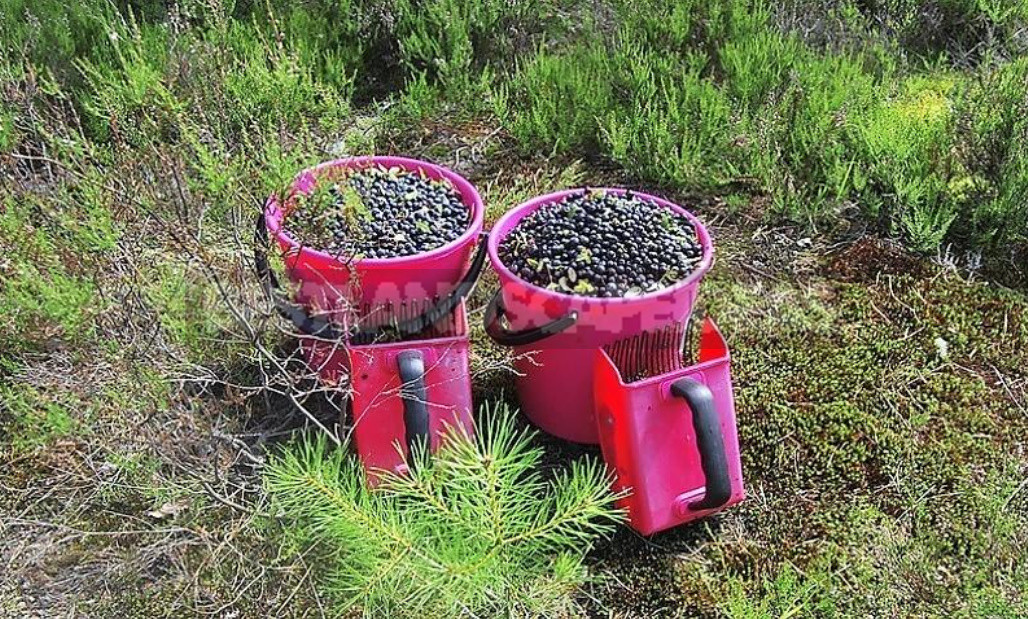
Collectors of jewelry on the beach call their working tool also a rake. And the trawl for the collection of chains, rings, dropped by the tourists, really, not too different from the usual tool of the gardener-gardener.
The best gift for the New year — rake
Before New year the Japanese, as and other inhabitants our planet, buy gifts relatives, friends, close and superiors.

One of the most popular gifts is a rake. Because the inhabitants of the Land of the rising sun believe that without the rake the New year will not come. At least there won’t be a happy New year. Because the rake to the Japanese in order to “rake in” wealth and happiness.
Maybe we should give each other a rake for luck, too.


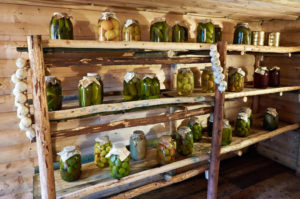

Leave a Reply